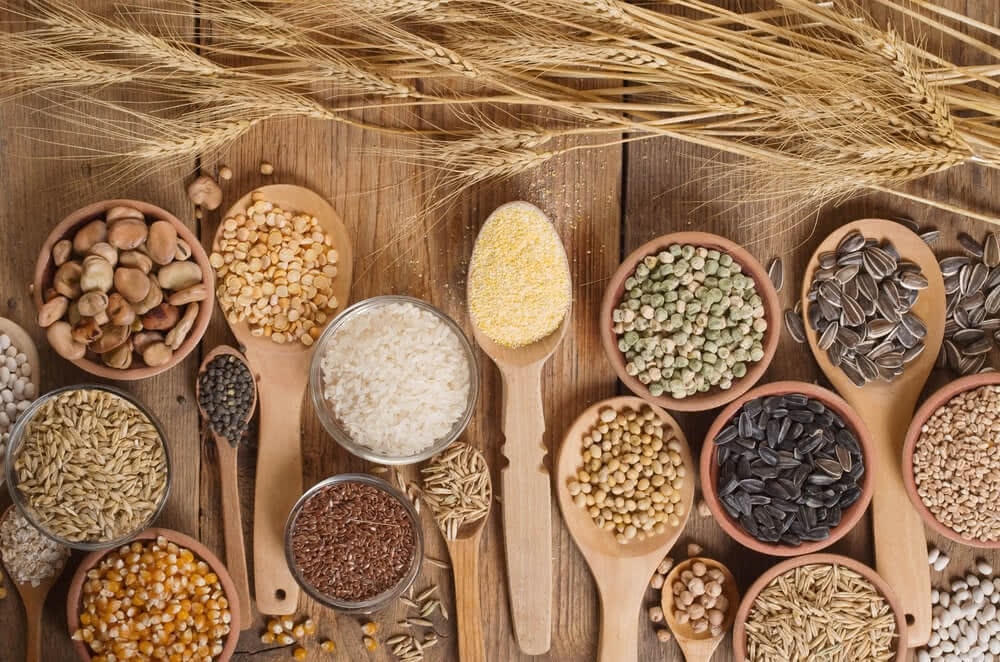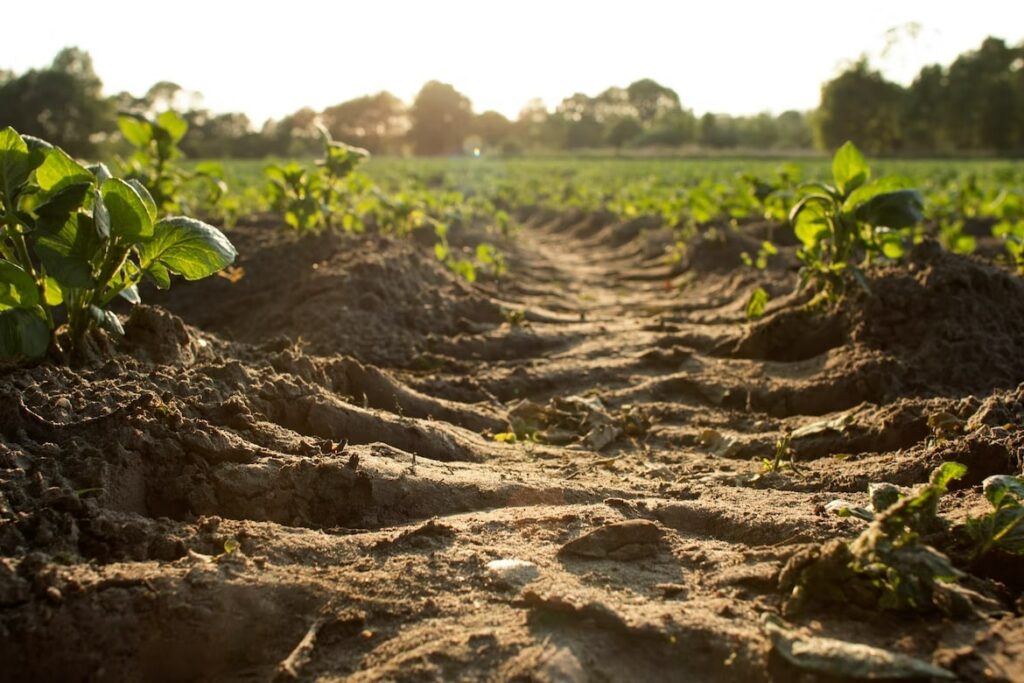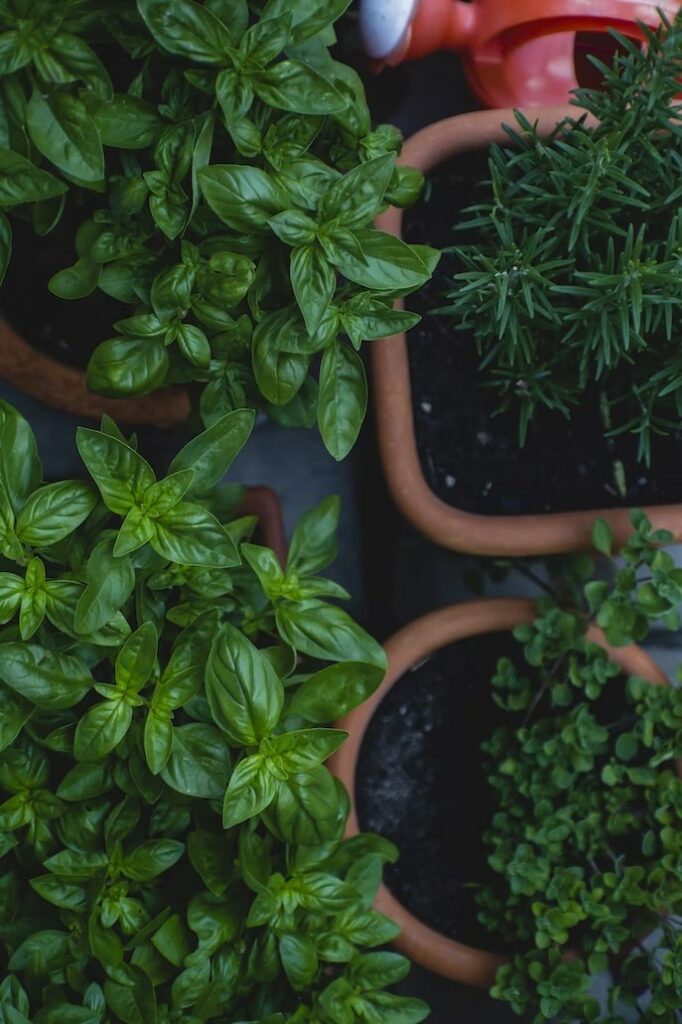Ah, let’s enjoy the crisp air of autumn that settles in as winter comes closer, making homeowners like us look forward to the next growing season. But what if we told you that you don’t have to wait until spring to sow the seeds of your gardening dreams?
We’re talking about winter sowing, which has been gaining popularity among seasoned and novice gardeners. By trying this technique, we get to jumpstart our garden even while snow blankets the ground.
Join us as we explore the top vegetable seed choices that will set you on the path to a bountiful harvest, all while bypassing the crazy chill of the season!
Why Winter Sowing?
Winter sowing, at first glance, seems pretty counterintuitive for many gardeners as the cold season is associated with garden inactivity. But given a closer look, this technique has several compelling reasons to add it as part of the gardening calendar.
Extending the Growing Season
This is the most appealing and obvious reason why winter sowing interests gardeners. By sowing seeds ahead, we gain a head start on traditional spring planting.
As the days grow longer and the temperatures slowly rise, winter-sown seedlings will be already established and on their way to maturity. As a result, we get more time to enjoy our early and bountiful harvests.
Reduced Need for Indoor Seed Starting
Indoor seed starting can be pretty complicated for many gardeners. That’s because it takes a lot of time and space.
Winter sowing, on the other hand, removes the need for grow lights, heat mats, and constant monitoring of the seedlings. This is because the seeds are sown in outdoor containers, allowing nature to provide the ideal conditions for germination and growth.
Natural Cold Stratification
Some seeds need a period of cold exposure in order to break their dormancy and successfully germinate. This is what’s called as stratification.
Winter sowing mimics this natural process perfectly by subjecting the seeds to the wintry season’s cold temperatures.
Minimal Maintenance
Seeds sown during winter typically require less maintenance and care. The outdoor snow and rain provide moisture while cold temperatures combat pests and diseases.
Soil Preparation Benefits
Winter sowing lets you get your garden soil ready well before spring planting. While you wait for your winter-sown seedlings to grow, you can focus on improving your garden beds, making sure they’re set for the transplants when the time comes.
Factors in Selecting the Right Seeds
Not all seeds are meant to be winter-sown, so knowing which ones to pick will go a long way. You’ll need to consider ones that are cold-hardy, frost-resistant, and are well-suited to your local area.
Cold-Hardy Varieties
Some cold-hardy vegetable seeds are perfectly adapted to withstand chilly temperatures and even thrive when exposed to frost and now. Excellent examples include kale, spinach, and carrots.
Frost-Resistant Varieties
Some cold-hardy seeds aren’t frost-tolerant, so make sure to get some that can easily withstand or recover from light frosts. Radishes and peas come to mind, but of course you’ll need to double check the variety first.
Local Adaptation
Pick seeds that are well-adapted to climates similar to yours. Doing so ensures that they will have a greater chance of thriving in the specific environmental conditions of your area.
Seed Quality
Prioritize high-quality seeds from reputable vendors and suppliers. Verify that the seeds are fresh and viable since they tend to have a higher germination rate, increasing the chances of your successful winter sowing experience.
Don’t be afraid to experiment too. Try mixing different types of cold-hardy frost-resistant seeds, such as combining greens with root vegetables and legumes.
When you experiment, you’ll develop a deeper understanding of the seeds that flourish in your winter garden as time passes by.
Top Vegetable Seed Choices
Now that we’ve gone through the various benefits of winter sowing and the factors involved in picking the seeds, we’re here at the most exciting part: seed choices! Let’s explore them one by one.
Kale (Brassica oleracea var. acephala)
| Factors | Information |
| Ease of Growing | Relatively easy ●○○○○ |
| Flavor Profile | Earthy, slightly bitter, and peppery |
| Average Number of Days to Harvest | 50 to 65 days (can vary by variety) |
| Possible Risks | Common pests include aphids, cabbage worms, and slugs. Also susceptible to diseases like downy mildew and powdery mildew if not properly cared for. Cold temperatures can lead to frost damage. |
Varieties to consider are ‘Winterbor,’ ‘Lacinato’ (also known as Dinosaur Kale), and ‘Red Russian.’ There are several reasons why kale is one of our top choices.
Kale is a powerhouse of nutrition and a cold-hardy champion. It thrives in temperatures as low as 20 F.
The vibrant green or purple leaves can be harvested throughout the winter months. The vegetable will provide you with a steady supply of vitamin-rich greens for your meals.
Spinach (Spinacia oleracea)
| Factors | Information |
| Ease of Growing | Easy to moderate ●●○○○ |
| Flavor Profile | Mild, slightly earthy |
| Average Number of Days to Harvest | 30 to 40 days (can vary by variety) |
| Possible Risks | Common pests include aphids, leafminers, and spinach leaf miners. Susceptible to diseases like downy mildew and white rust. Can flower prematurely or bolt in response to high temperatures. |
Think about going with ‘Winter Bloomsdale’ and ‘Giant Winter’ if you’re looking for cold and frost resistance. Spinach is a winter garden classic.
Its cold tolerance allows it to endure frosty conditions and continue producing tender leaves. Packed with vitamins and minerals, spinach is a nutritious addition to salads, soups, and smoothies.
Carrots (Daucus carota subsp. sativus)
| Factors | Information |
| Ease of Growing | Relatively easy ●○○○○ |
| Flavor Profile | Sweet and earthy |
| Average Number of Days to Harvest | 70 to 80 days (can vary by variety) |
| Possible Risks | Common pests include carrot rust flies, aphids, and nematodes. Carrots can also be prone to fungal diseases like leaf blight and root rot. Overcrowding can lead to stunted growth and misshapen roots. Proper thinning and soil preparation are highly encouraged. |
We suggest looking at ‘Nantes,’ ‘Imperator,’ and ‘Chantenay” varieties for a bit of diversity. Carrots can be left in the ground throughout the winter and harvested when needed.
The cold temperatures actually enhance their sweetness and flavor. These vibrant orange roots are versatile in the kitchen and perfect for roasting, soups, or snacking.
Radishes (Raphanus sativus)
| Factors | Information |
| Ease of Growing | Very easy ●○○○○ |
| Flavor Profile | Crisp, slightly spicy, and peppery |
| Average Number of Days to Harvest | 20 to 30 days (can vary by variety) |
| Possible Risks | Susceptible to pests like flea beetles and root maggots. Bolting can occur in hot weather, causing the root to become woody and less flavorful. Proper thinning is necessary for healthy root development. |
For radishes, we like ‘French Breakfast’ and ‘Cherry Belle’, but feel free to browse other varieties. Most radishes are not only cold-hardy but also frost-resistant.
Radishes are quick growers and can be ready to harvest in as little as 25 to 30 days. Their crisp, peppery roots add a refreshing bite to salads and dishes.
Peas (Pisum sativum)
| Factors | Information |
| Ease of Growing | Relatively easy ●○○○○ |
| Flavor Profile | Sweet and mild |
| Average Number of Days to Harvest | 55 to 70 days (can vary by variety) |
| Possible Risks | Common pests include aphids, pea moths, and pea weevils. Susceptible to diseases like powdery mildew and downy mildew. Deer and rodents may also be attracted to pea plants. |
Peas are well-suited for winter sowing. ‘Sugar Snap’ and ‘Snow Pea’ are popular, although you can always browse through other varieties for more options.
They can withstand cool temperatures and light frosts, producing sweet and tender pods. The versatility of peas makes them a delightful addition to stir-fries, salads, or enjoyed as a crunchy snack.
Swiss Chard (Beta vulgaris var. cicla)
| Factors | Information |
| Ease of Growing | Relatively easy ●○○○○ |
| Flavor Profile | Slightly earthy, with a hint of beet flavor |
| Average Number of Days to Harvest | 55 to 60 days (can vary by variety) |
| Possible Risks | Common pests include aphids, leaf miners, and beetles. Susceptible to diseases like downy mildew and leaf spot. Can bolt or go to seed in hot weather, affecting leaf quality. |
Swiss chard is a cold-hardy leafy green with vibrant, colorful stems. It’s known for its ornamental appeal and nutritional value.
Swiss chard can survive temperatures as low as 15 F, making it an excellent choice for winter greens. ‘Bright Lights’ and ‘Fordhook Giant’ are top contenders for this vegetable.
How to Sow Seeds in Winter
| Factors | Level / Information |
| Ease of Activity | Moderate to Easy |
| Associated Costs | Low (mainly seed starting mix, containers, and seeds) |
| Possible Risks | Risk of seeds not germinating if conditions are unfavorable; risk of overwatering if not monitored properly |
When it comes to winter sowing, the first thing to remember is the timing. Start winter sowing in late winter or early spring when daytime temperatures consistently reach 40 F or above in your area.
Once this condition is present, you can begin sowing your seeds for the winter.
1. Use containers suitable for outdoor use with clear plastic lids or covers, creating a mini-greenhouse effect. Recycled containers like milk jugs, soda bottles, or clear storage bins work well.
2. Clean and sterilize the containers, ensuring they are residue-free. Create drainage holes in the bottom to prevent waterlogging.
Cut containers in half, leaving one side as a hinge for ventilation.
3. Fill the bottom half of each container with moist, not waterlogged, seed starting mix or potting soil. Pack it gently to create a level surface.
4. Sow vegetable seeds evenly on the soil surface. Follow the recommended planting depths and spacing from seed packets.
Lightly press seeds into the soil for good contact.
5. Label containers with vegetable variety names and sowing dates. Close containers, securing them with tape, leaving a small gap for ventilation to prevent excess humidity.
6. Put containers outdoors in partial sunlight or dappled shade. Avoid full sun to prevent overheating.
7. Regularly check moisture levels and water lightly if the soil begins to dry out. Don’t overwater as it can lead to fungal issues.
8. Monitor seedlings’ progress as temperatures warm. When seedlings have several true leaves, transition them to the garden gradually by exposing them to outdoor conditions over several days – a process known as hardening off.
Winter Sowing Gardening Tips: Cover your containers with a layer of straw, leaves, or frost cloth to provide additional insulation if you live in areas with extreme cold snaps or heavy snowfall Keep an eye out for any weeds that may sprout in your containers. Remove them promptly to prevent competition with your vegetable seedlings. As spring approaches and the weather warms, you can now think about transplanting and harvesting them. The timing may vary depending on your local climate, but typically late winter to early spring is best!





